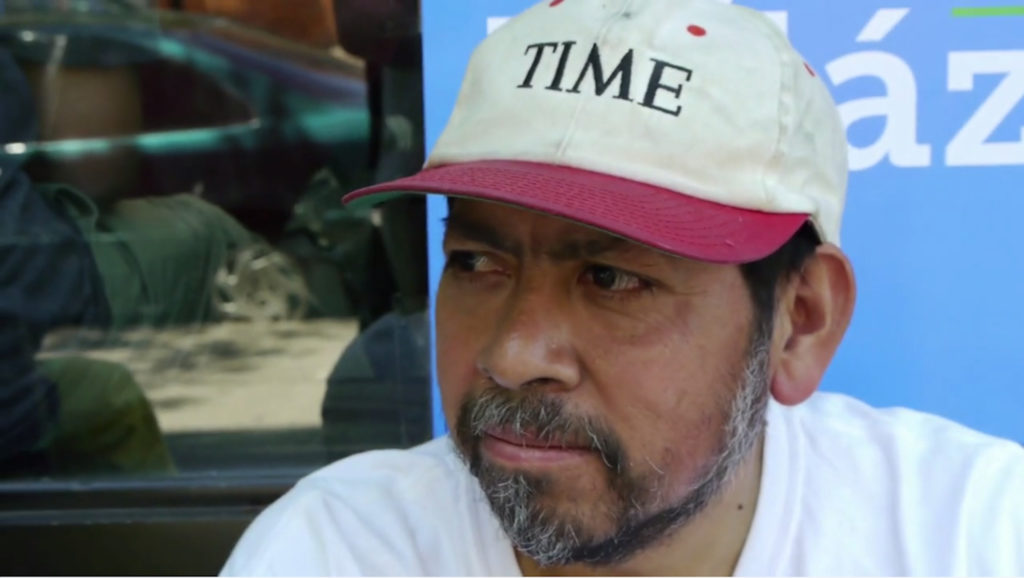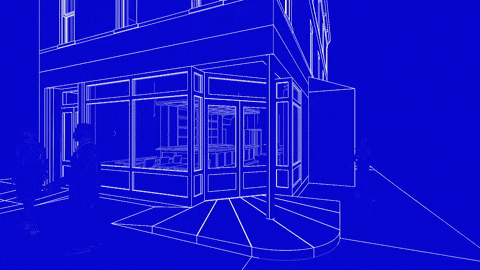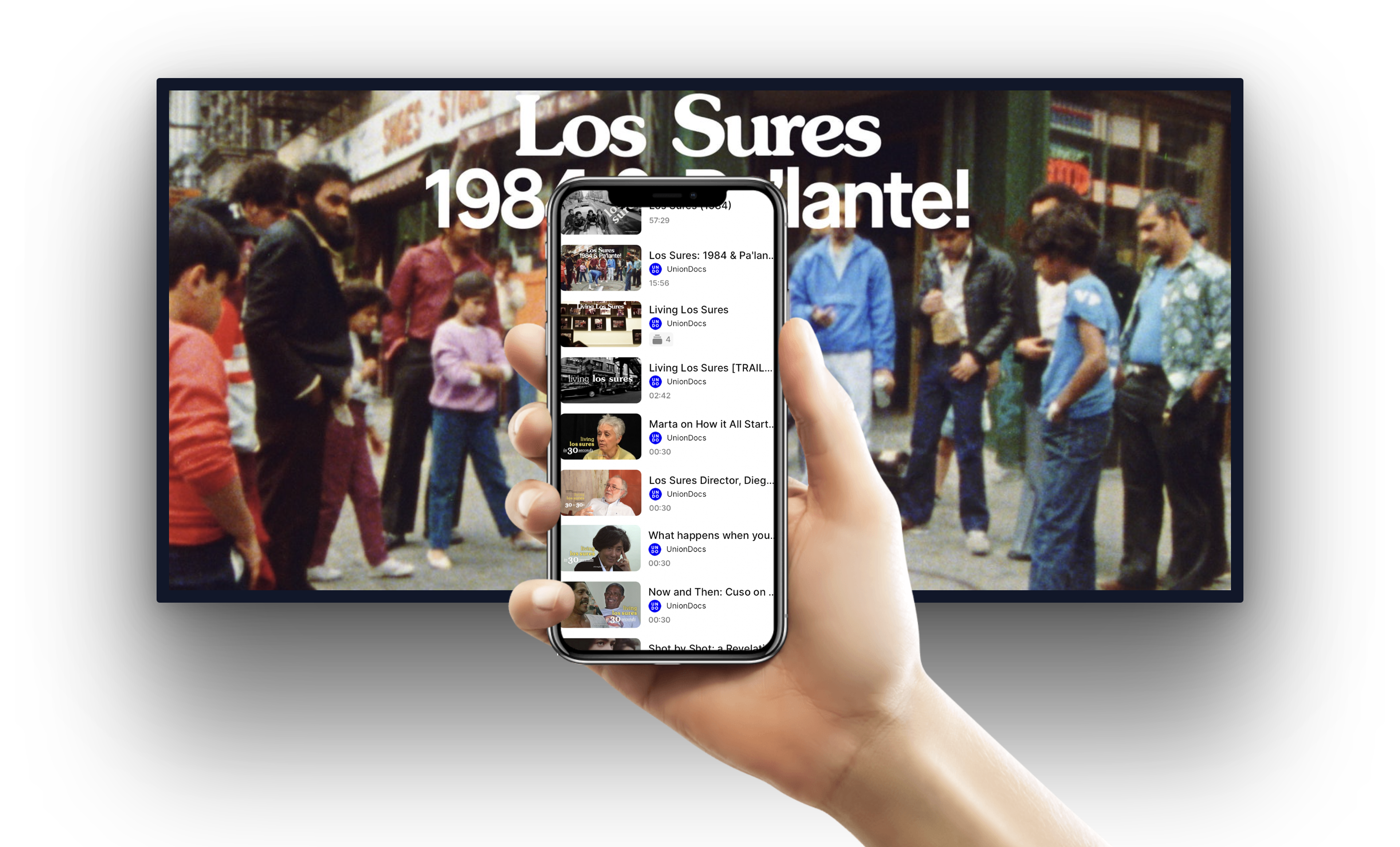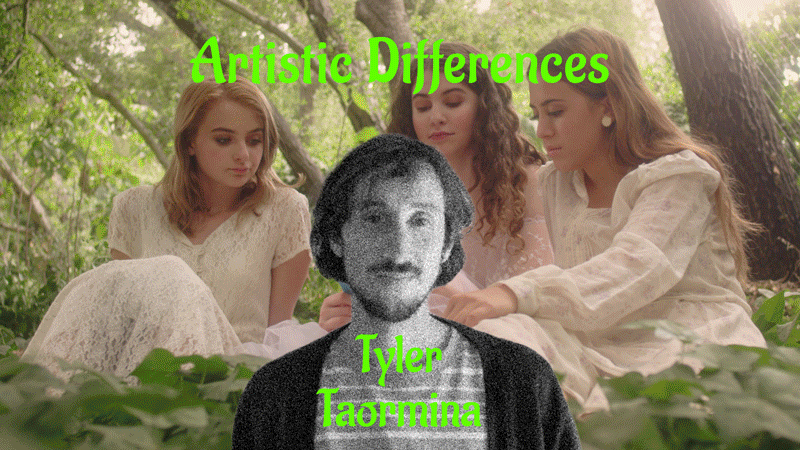From 2010 through 2014, UnionDocs is producing a collaborative documentary about the Southside neighborhood in Williamsburg, Brooklyn where the organization has been situated for nearly a decade. Part omnibus film, part media archeology, part deep-map and city symphony, the project uses Los Sures, a brilliant work of cinema verite directed by Diego Echeverría in 1984, as a starting point for the investigations of more than forty artists over the course of four years. Collectively, their projects tell the story of a longstanding Latino community that is defeating displacement and surviving the growth machine. Living Los Sures is a multi-part project that restores a lost film, remixes local histories, reinvestigates Williamsburg’s Southside today, and hopes to reunite a neighborhood around a sustainable future.
In the late seventies and early eighties, the Southside of Williamsburg was one of the poorest neighborhoods in New York City. In fact, it had been called the worst ghetto in America. Los Sures, a documentary from 1984 by Diego Echeverría, skillfully represents the challenges of this time; drugs, gang violence, crime, abandoned real estate, racial tension, single parent homes, and inadequate local resources. Yet, Echeverría’s portrait also celebrates the vitality of this largely Puerto Rican community, showing the strength of their culture, their creativity and their determination to overcome a desperate situation.
UnionDocs has partnered with Echeverría to develop Living Los Sures, revisiting his powerful film to pursue four primary goals. RESTORE: Bring the original film back to life and make it accessible online for the first time, working with the local community to update, annotate, and challenge the narrative through a participatory platform. REMIX: Expand the experience of the original through deeply interactive audio/visual experiments. REUNITE: Activate the community to engage vital civic issues for a more sustainable future. REFRAME: Create new short documentaries to illustrate the issues the community faces today.
To date, over thirty such reinvestigations have been created by members of the UnionDocs Collaborative Studio. Each year since 2010, UnionDocs has hosted twelve Collaborative artist-fellows who work together to produce short documentary projects about the Southside today. These projects cover a wide range of topics and forms — from short videos to soundworks, audio walks, installations and interactive media. The works in this show represent the variety of form and subject matter, as well as the common concerns, that characterize the Living Los Sures project.
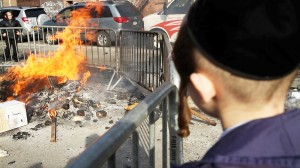 BEFORE AFTER by Michael Kugler and Daniel Terna
BEFORE AFTER by Michael Kugler and Daniel Terna
Before After explores South Williamsburg Brooklyn through a series of filmed experiments in the mostly Latino and Jewish communities. The camera is considered as a compass that gives direction to a variety of inquiries. This compass guided interactions with the neighborhood, both in terms of physical space and its inhabitants, and consequently the neighborhood began to be approached and considered as a spacious urban playground. The short sequences in this piece are the result of unexpected encounters with people, images, and local rituals. Objects were used as props to facilitate interventions with spaces and communications with people. The title references a photography storefront sign along Lee Avenue in the heart of the Jewish neighborhood, and it reminds us that deciding when something is “over” or “finished” is easier said than “done.” An interview between the artists will accompany the work in the form of a book.
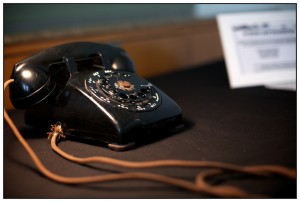 OF BIRDS AND BOUNDARIES by Annie Berman
OF BIRDS AND BOUNDARIES by Annie Berman
An unexpected relationship reveals itself over three months of phone calls between two unlikely collaborators – “Marty”’ a 25-year old Ultra Orthodox Hasidic family man, and Annie, a filmmaker in residence at UnionDocs. It all begins when Annie places an ad on Craigslist for a Hasidic researcher for a film about Williamsburg’s eruv,* and “Marty” answers. Both parties agree to record their calls, keep Marty’s real name and identity secret, and never to meet; both live in Williamsburg. Answer the phone to have a listen. Please have a seat.
*Eruv: a wire boundary that symbolically extends the private domain of Jewish households into public areas, permitting activities within it that are normally forbidden in public on the Sabbath.
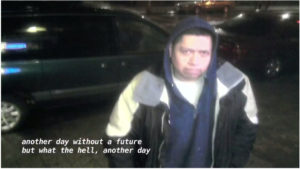 ANOTHER DAY WITHOUT A FUTURE, BUT WHAT THE HELL ANOTHER DAY… by Adam Khalil
ANOTHER DAY WITHOUT A FUTURE, BUT WHAT THE HELL ANOTHER DAY… by Adam Khalil
“Either, I am a traveler in distant times, and am faced with a prodigious spectacle which would be almost entirely unintelligible to me and might indeed provoke me to mockery or disgust, or I am a traveler of my own day, hastening a search for a vanished reality. In either case, I am the loser, for today, as I go groaning among the shadows, inevitably I miss the spectacle that is now taking place.” – Juan Downey, The Laughing Alligator
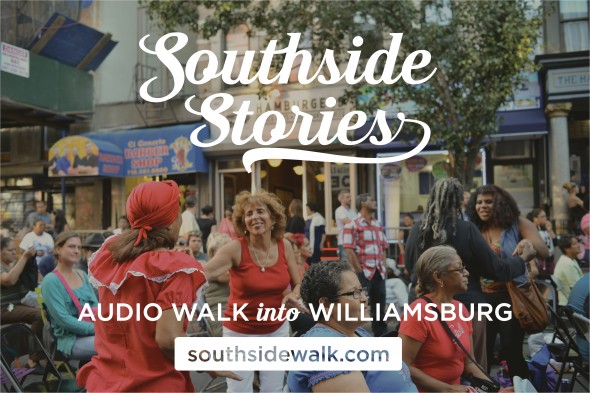 SOUTHSIDE STORIES by Shannon Carroll, Federica Sasso, Andrew Hinton and Jen Epstein
SOUTHSIDE STORIES by Shannon Carroll, Federica Sasso, Andrew Hinton and Jen Epstein
Within a generation, the Brooklyn neighborhood of Williamsburg has drastically changed. Southside Stories is an immersive audio walk featuring newcomers and long-term residents who share their thoughts on the community’s past, present and future. Participants get an opportunity to see the neighborhood from a different perspective, walk in the shoes of another person and ultimately empathize with their experiences. Visit http://southsidewalk.com to learn more.
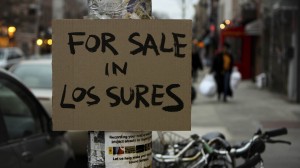
FOR SALE IN LOS SURES by Federica Sasso, Maria Badia, Andrew Hinton
For Sale in Los Sures explores the Southside of the Williamsburg area of Brooklyn through a carefully curated selection of items which can be bought in the neighborhood. Los Sures (the Southside of Williamsburg) is a rapidly gentrifying area, and this project is an evolving work-in-progress map which borrows the language and aesthetics of commercials to closed windows onto the community and its changing identity by inviting people to interact with individuals and businesses there.
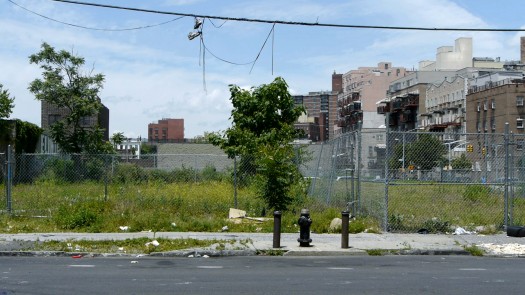 BROADWAY TRIANGLE by Meg Kelly
BROADWAY TRIANGLE by Meg Kelly
The Broadway Triangle is a largely vacant space pinned between Bushwick, Williamsburg and Bed-Stuy. Spanning 18 acres, it remains one of the most disputed spaces in New York City. Both traditionally neglected and contested, its development has exacerbated long-standing communal tensions between residents who live along its borders. This piece engages the contrast between the intense (and quickly disappearing) vacancy that characterizes the physical space and the tension that characterizes its place in the neighborhood.
Michael Kugler is a Brooklyn, NY native who graduated with a BA in Comparative Arts from Washington University in St. Louis (2007). He has worked as a media educator with organizations including the Tribeca Film Institute, the Museum of the Moving Image, the Jacob Burns Media Arts Lab, and Urban Arts Partnership. His films and audiovisual installations have been exhibited in the US and in Japan. Michael is currently pursuing an MA in Media Art in Design at the Bauhaus University in Weimar, Germany.
Daniel Terna (Brooklyn, NY) works primarily in photography and video. His work questions when and why we choose to make pictures, and examines the relationship we have had with picture-making in the past and what it is today. Terna’s work has been exhibited in New York City at UnionDocs, Outpost Artist Resources, NurtureArt Gallery, the AC Institute, the Austrian Cultural Forum, Eyebeam, the Museum of the City of New York, and 321 Gallery. He has also screened at the Contemporary Arts Center (New Orleans), Carpenter Center for the Visual Arts (Cambridge, MA), Armory Center for the Arts (Pasadena, CA), and Gallery Tayuta (Tokyo). His work will be included in a group exhibition in the forthcoming BRIC Arts Media Brooklyn Biennial (Fall of 2014). Terna graduated with a BA in photography from Bard College and is an MFA candidate at the International Center of Photography.
Annie Berman is an interdisciplinary artist whose background in photography and psychology inspires work about visual culture, religion, and the changing media landscape. Her work has screened at festivals, galleries, and universities, including the Harvard Film Center, Anthology Film Archives, and Rooftop. She is currently a MFA candidate in Integrated Media Arts at Hunter College.
Adam (Shingwak_Nehro_Rashad_Krebs) Khalil is a filmmaker, artist, and media archivist. His practice attempts to subvert traditional forms of ethnography through humor, relation, and transgression. Adam’s work has been exhibited at Goldilocks Gallery (Philadelphia), Microscope Gallery (Brooklyn), Museo ExTeresa Arte Actual (Mexico City), Carnival of eCreativity (Bombay), and Fine Art Film Festival Szolnok (Hungary). Khalil is a UnionDocs Collaborative Fellow and Gates Millennium Scholar. In 2011 he graduated from the Film and Electronic Arts program at Bard College. Adam is currently in post-production on a feature film about the history of the Ojibway people with his collaborator and brother Zack Khalil.
Shannon Carroll is an artist and media producer based in Brooklyn, NY. She works with media to foster community engagement, cross-cultural understanding and human rights advocacy. Her creative roots lie in photography, and her current work involves design, interactive media, digital storytelling and documentary filmmaking. Visit her website at http://shannonleecarroll.com.
Federica Sasso is an Italian journalist and radio producer based in New York City. She writes for Italian outlets and is a contributor to the Swiss national broadcasting company for which she produces audio documentaries. Federica was a Collaborative Fellow at UnionDocs and studied documentary film at the Scuola di Cinema, Televisione e Nuovi Media of Milan.
Andrew Hinton is a documentary filmmaker drawn to individuals and stories with positive change at their heart. His most recent film Tashi & The Monk won two awards at its premiere at Mountainfilm in Telluride. His previous film Amar was the Vimeo Documentary Award winner. He is from the UK but now lives in Brooklyn.www.vimeo.com/pilgrimfilms.
Jen Epstein is a researcher, writer and self-shooting media maker who has devoted many years to working as a manager in film and television for a variety of New York post-houses and media companies. She’s currently an Operations Project Manager for Discovery Communications. Her passion for documentary arts began while working as a production assistant/researcher on several documentary features including BrotherMen, a performance based documentary film that aired nationally on PBS. She holds a BA in Communication Arts from Ramapo College of New Jersey and earned an MA in Media Studies, with a concentration in Documentary Studies, from the New School.
Maria Badia is a storyteller and filmmaker from Barcelona, where she graduated in Journalism with a minor in international politics andcultural communication. She is based in New York City since 2008, where she freelances as Editor and Multimedia Producer. She is also correspondent in the East Coast for a spanish TV network and collaborates as video editor at the post-production department of the New York Film Academy. She was a fellow at the 2012-2013 Uniondocs Collaborative Studio, a documentary arts center, and she is part of theBrooklyn Filmmakers Collective, a community of professional filmmakers in Brooklyn, who are dedicated to innovative approaches to filmmaking.
Meg Kelly is a multi-media media artist and designer who has documented physical, political and cultural landscapes in Mumbai, New York City and elsewhere. She is the co-founder and creative director of Decent Workshop where she uses design + storytelling to support social entrepreneurs. She is the former creative director of the Millennial Trains Project, a former collaborator at the Uniondocs Center for Documentary Art and a sometimes contributor to Urban Omnibus. She holds a Bachelor’s Degree with high honors in Architecture from Barnard College where she grew her passion for understanding and explaining the complexities and contrasts of cities.


